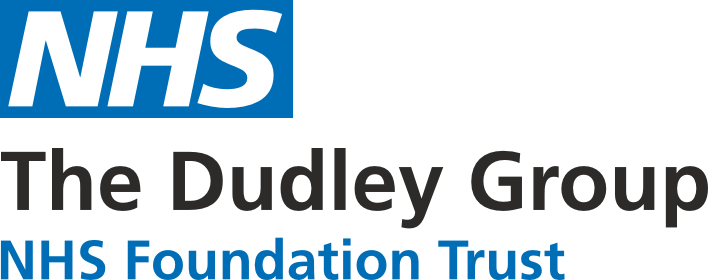Conditions that vascular services treat include:
- Aortic aneurysms
An aneurysm is a ballooning of a blood vessel or the weakness of the vessel. They are most commonly found in the main artery running from the heart through the chest and abdomen. - Carotid disease
Carotid disease affects the inner lining of the carotid artery (a blood vessel in the neck). There are two carotid arteries, one on each side of the neck. They start at the aorta (the body’s largest artery) in the chest, and enter the base of the skull. They provide the main supply of blood to the brain. - Peripheral Vascular disease
Peripheral vascular disease affects the blood vessels resulting in a build-up of fatty deposits (atheroma) in the arteries resulting in poor circulation to the limbs and vital organs. - Diabetic Feet
Diabetes, if poorly controlled, can damage the nerves in the leg and foot. People with diabetes are more likely to suffer with poor circulation and reduced feeling in the feet which can mean they are more likely to be admitted to hospital with foot ulcers. - Lymphoedema
Lymphoedema is swelling in the body’s tissue due to a build-up of fluid and usually affects the arms or legs, although in some cases there may be swelling in either the chest, head or genitals. Although it cannot be cured, it can be controlled by compression bandages or stockings and elevation of the limb. - Venous Disease
This is quite common and mild venous disease is not generally a problem for people. It affects veins that have become diseased or abnormal.










